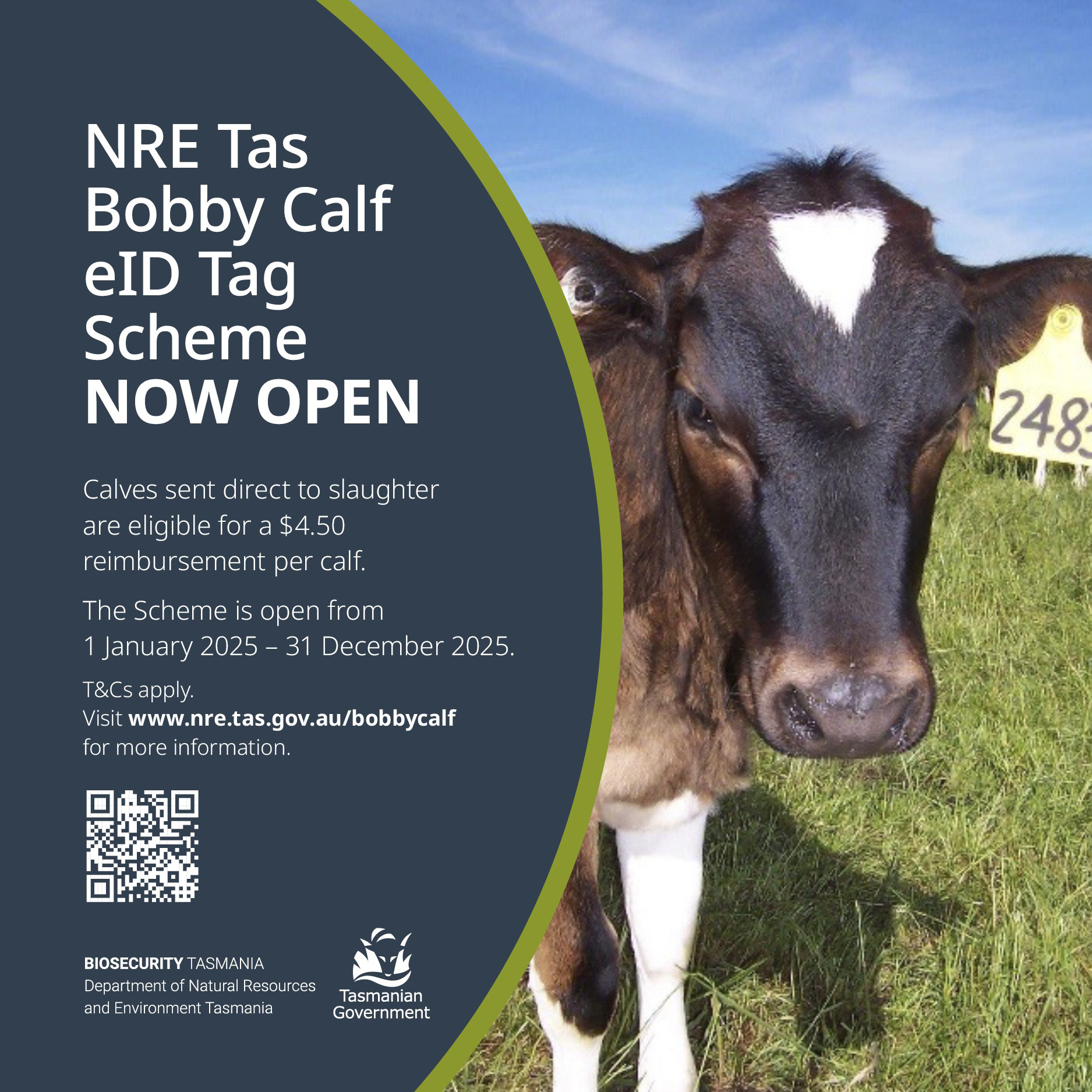Wool market report: Still waiting for the upturn

THE Australian wool market managed to endure another difficult week without too many scars.
Thankfully the currency movements were somewhat more favourable for growers this week and this meant the market closed 4 cents higher in AUD terms, while losing 8 cents in US Dollar terms as the insipid demand conditions persist.
An improving quality of the greasy wool offering provided at least a psychological boost for the market with some superior superfine wool clips increasing the buyer’s moods, even if price levels overall were less than frenetic.
Medium merino wools drifted lower as core demand from processing markets remains lacklustre.
Knitwear types continue to find willing buyers; however, processors remain selective and some of the higher VM lots are still being neglected. Crossbred wools closed flat but given the overall sentiment most would consider this a win at this stage.
Most in the buying and exporting fraternity were pleasantly surprised at last week’s outcome given the difficult trading conditions which annoyingly still persist in virtually every export market for merino wool.
A sizeable drop would not have been surprising to many, but the small volume offering across Australia and also in South Africa and increasing grower resistance to selling below appraisal has strengthened the base in the market.
Topmakers certainly dominated the market this week, and the greasy wool exporters played second fiddle by a long shot, but unless greasy wool exporters are willing and able to discount their offer prices below the current market they are finding it extremely difficult to move wool.
Selling under the market when downside is limited by selection and grower resistance is fraught with danger, and perhaps some are more inclined to carefully build parcels of stock to offload at the upcoming Nanjing Wool Market Conference in China which is in a couple of weeks’ time.
Topmakers on the other hand found sales easier to come by this week in China, and hence their relative freedom to purchase more greasy wool.
Demand has not changed fundamentally, but there was obviously just enough thirst around which needed to be quenched.
Spin Expo, a yarn fair, was held in Shanghai during the week, which brought together a lot of the Chinese wool trade. International visitors were reportedly few and far between but there were a good number of locals attending.
Not a huge amount of business was concluded, but perhaps just a bit allowed wooltop sales to kick up a notch.
Many at this event, and the previous week’s fabric exhibition had hoped to see a new fashion breakthrough which would kickstart a recovery, but they were sorely disappointed.
The breakthrough items like double-faced fabric and fake fur are still being produced, but a revolutionary new product for the Chinese mass market is yet to appear this season.
That is not to say that this season will not fire up at some point, but the lack of demand is frustrating everyone at present.
Looking back to the same point last year shows a bit more volatility, but the same lack of direction in the market.
Buyers and processors in September are all usually sitting on the fence waiting for the market signals to emerge before making commitments about which types and what quantities to take on.
Last year they were mindful of the false start in February when China emerged from lockdown, which quickly faded into nothing.
This year it has been a slow grind, with the market searching for signs of a consumer revival, but the global economic picture and general uncertainty has applied the handbrake.
Supply, or a lack thereof, is making trading a little more fraught with danger, and the recent testing data from AWTA shows a massive 30 per cent reduction in 20/21-micron wools across Australia for the past three months, compared to the same time last year.
So, selling 21-micron short at present is probably a folly, despite some manufacturers desire for cheaper prices.
Most traders in the market are cautiously optimistic we will see an improvement in demand and therefore activity by late October and into early November, which would fit with the normal seasonal pattern, but they held a similar belief last year as well and not much eventuated.
Growers, too, have a similar feeling, and not surprisingly are beginning to hold some wool aside waiting for a better market. It would not take much of an increase in demand to create a better selling market than we currently have, but the risk of holding out remains and is not everyone’s cup of tea.
The futures market remains fairly lacklustre for the near term but does carry a premium of up to a dollar from mid-next year onwards, further encouraging those who prefer to hold.
The global economic scene continues to slowly become more positive with nearly every major central bank having their finger on the ‘cut rates’ button, except, it would seem, here in Australia.
The Chinese economy, not troubled by inflation still has a few issues to work through, and consumer confidence is struggling as a result. Stock markets around the world are going through their autumnal gyrations and providing a bit more anxiety on top of what is already out there.
Fast forward to mid-November and interest rates around the western world should be back at more bearable levels, a certain election will have been done and dusted, and hopefully this lingering heat in Asia and Europe will have turned to chilly, if not cold weather inspiring consumers to rug up in winter woollies.
Until then we can do nothing but wait and hope it rains a bit more.




Add new comment